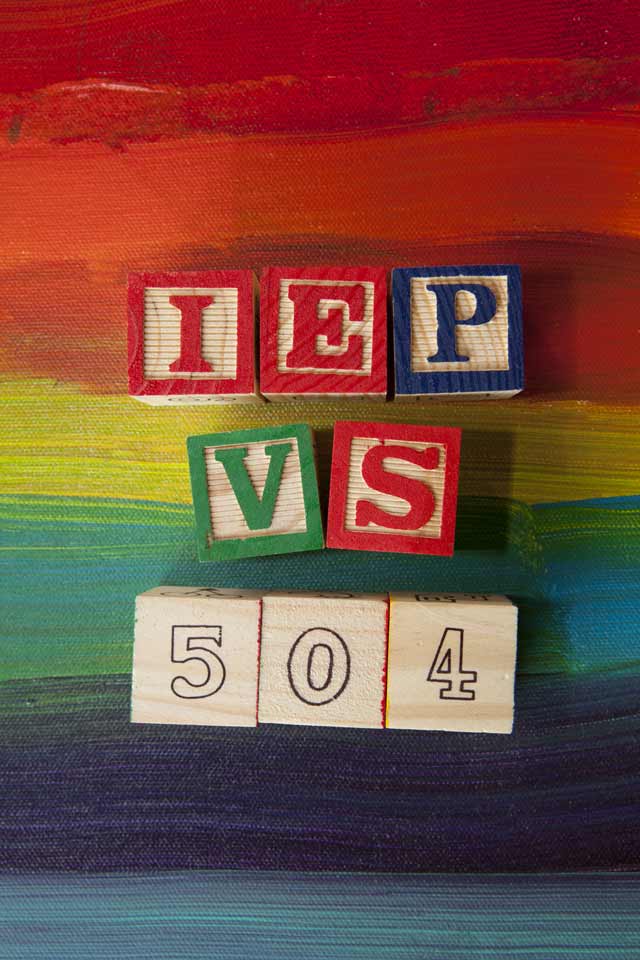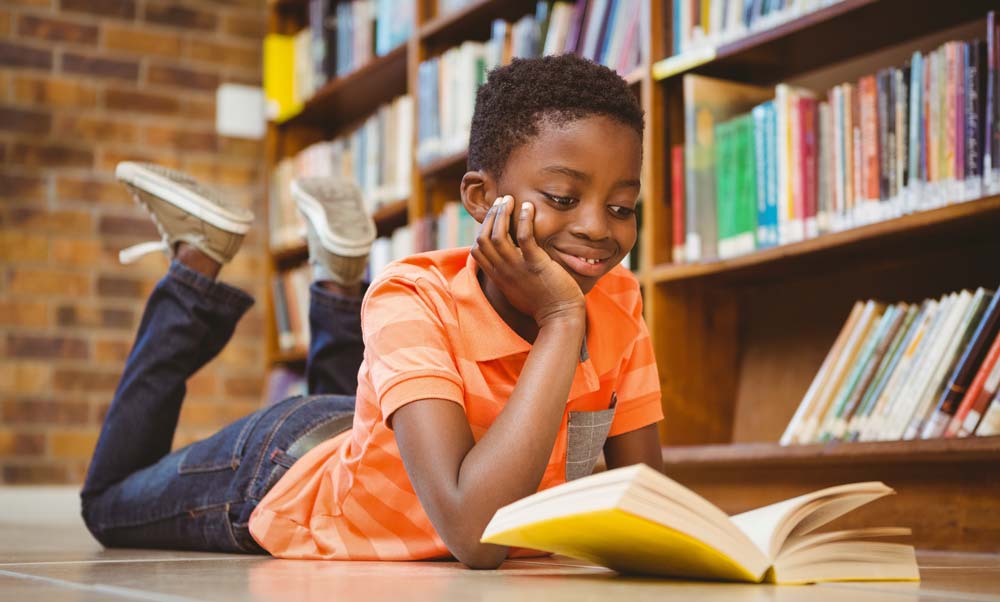
Charlotte Danielson wrote a book. An important one. And now all of New York City has changed how it evaluates teachers: the Danielson Framework.
Gone are the days when teachers in public schools received just satisfactory or unsatisfactory ratings. Although there are twenty-eight criteria in four domains in the Danielson Framework, teachers are currently scored on eight of those criteria. Also gone are the days when teachers with tenure are not observed: in a typical year, teachers have an option of four ways to be observed (a combination of formal/informal observations and the number of times). The flexibility in observations depends upon the previous year’s rating. Generally teachers have an average of four observations, but it can range from 3-6 observations in an academic year.
If you ask me, I think the Danielson Framework for Classroom Teaching is a wonderful way to assess teachers and classrooms. The framework has four domains. The first domain is “Planning and Preparation”, and teachers are allowed to provide artifacts and samples of their work to prove that they are well-planned and prepared for their lessons and that their lessons are aligned to the Common Core standards. The second domain is “Creating a Classroom Environment”, which discusses how teachers should create a classroom that is open, warm, and lively. This domain also explains how students should be motivated and take pride in their own work. The third domain, “Instruction,” references the quality of teaching that goes on in the classroom, including level of discussion, questioning techniques, and higher-order thinking. The last domain, “Professional Responsibilities,” discusses continuing teacher education, communication with parents, collaboration with staff, and other professional obligations.
Charlotte Danielson’s keynote speech is filmed in Reno, Nevada on September 24, 2013.
By Stephanie Spector, Learning Specialist
 The Gates-MacGinitie Reading Test is designed to assess student reading levels throughout the course of their education. Aligned with state and national reading standards (Common Core Standards), these exams were created to determine overall reading ability, specifically in the areas of decoding, phonemic awareness, phonics, vocabulary, and comprehension.
The Gates-MacGinitie Reading Test is designed to assess student reading levels throughout the course of their education. Aligned with state and national reading standards (Common Core Standards), these exams were created to determine overall reading ability, specifically in the areas of decoding, phonemic awareness, phonics, vocabulary, and comprehension. While a lot of the plans for this school year are changing from day to day, one certainty is that many students will be distance learning or experiencing a hybrid model of education. Naturally, families are concerned about how to support their learners. While parents often feel grounded in subject areas like math, reading, or history, or at least have good enough research skills to find helpful instructional videos online, many families feel out of their league when it comes to helping children strengthen their executive function skills, particularly in subjects that posed a challenge during in-person school terms. Quite simply, executive function skills are the skills we use to plan, organize, start, stay focused on, and complete a task. They are essential in every educational subject. The good news is that executive function skills are the same skills that adults employ to be successful in their lives and careers — which means that most parents have the aptitude to support their children as they develop these skills. And in fact, every student benefits from support with executive function skills during
While a lot of the plans for this school year are changing from day to day, one certainty is that many students will be distance learning or experiencing a hybrid model of education. Naturally, families are concerned about how to support their learners. While parents often feel grounded in subject areas like math, reading, or history, or at least have good enough research skills to find helpful instructional videos online, many families feel out of their league when it comes to helping children strengthen their executive function skills, particularly in subjects that posed a challenge during in-person school terms. Quite simply, executive function skills are the skills we use to plan, organize, start, stay focused on, and complete a task. They are essential in every educational subject. The good news is that executive function skills are the same skills that adults employ to be successful in their lives and careers — which means that most parents have the aptitude to support their children as they develop these skills. And in fact, every student benefits from support with executive function skills during  This is a question that doesn’t always have a quick answer. An Individualized Education Plan (IEP) provides specialized instruction so that a student can access the general education curriculum
This is a question that doesn’t always have a quick answer. An Individualized Education Plan (IEP) provides specialized instruction so that a student can access the general education curriculum Summer reading is a perennial rite of passage for school-age children. Some kids rush their parents to a local books store or online to Amazon the moment their school’s list is released; others would prefer for that piece of paper to stay crushed in the bottom of a backpack. But whether they like it or not, students of every age find themselves assigned at least one required book—if not three or five or seven—to keep them company in the warmer months.
Summer reading is a perennial rite of passage for school-age children. Some kids rush their parents to a local books store or online to Amazon the moment their school’s list is released; others would prefer for that piece of paper to stay crushed in the bottom of a backpack. But whether they like it or not, students of every age find themselves assigned at least one required book—if not three or five or seven—to keep them company in the warmer months.